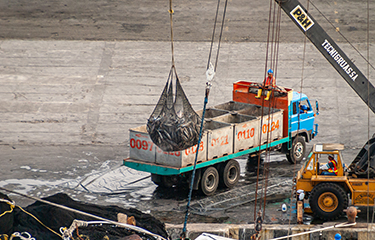The International Seafood Sustainability Foundation released its latest Status of the Stocks Report, finding a higher percentage of the global tuna catch comes from stocks with a healthy level of abundance than in 2021 – but that the level coming from overfished stocks also increased.
The latest report found that of the global commercial tuna catch, 85 percent is sourced from stocks with “healthy” levels of abundance – an improvement over 2022 report, which found 80.5 percent was sourced from healthy stocks. That improvement is tempered somewhat by the 11 percent of tuna catch coming from overfished stocks, an increase from the 9.2 percent found in 2022.
Several tuna stocks, the ISSF said, are still overfished and subject to overfishing, including the Mediterranean albacore stock, Indian Ocean bigeye, and Indian Ocean yellowfin. Pacific Ocean bluefin tuna is also being overfished, but is not subject to overfishing.
Globally, 61 percent of the 23 tuna stocks measured by the ISSF were at healthy levels of abundance, down from 65 percent in the last report in 2022. Of the remaining stocks, 22 percent are at an intermediate level of biomass, and 17 percent are overfished.
The global tuna catch, for which the report has data on 2021, was 4.8 million metric tons. That catch is made up of 56 percent skipjack tuna, 31 percent yellowfin tuna, 8 percent bigeye tuna, 4 percent albacore tuna, and 1 percent bluefin. Of the fisheries, 66 percent of the catch is made with purse seining, 9 percent with longline, 7 percent pole-and-line, 4 percent gillnet, and 14 percent “miscellaneous” – relatively unchanged from prior reports.
The report points out that stock status can change between consecutive assessments for a number of reasons, including the fact that stocks and fisheries are dynamic, and that regional fishery management organizations and scientific bodies sometimes improve assessment procedures.
Two major rating changes took place since the last major update in November 2022: The Indian Ocean bigeye stock’s biomass rating was downgraded from green to orange, and the Indian Ocean albacore stock’s fishing mortality rate was upgraded from orange to green.
Photo courtesy of Claudine Van Massenhove/Shutterstock







